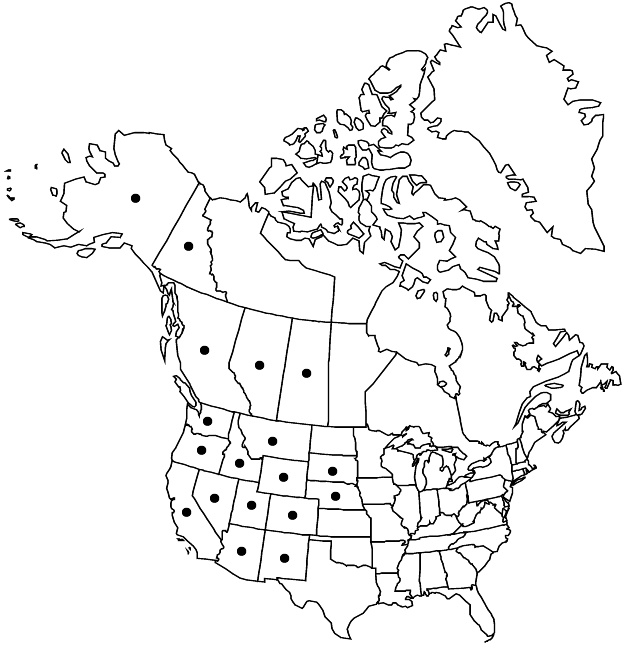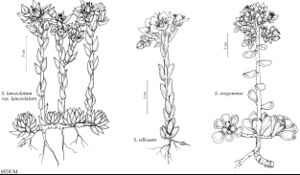Difference between revisions of "Sedum lanceolatum"
Ann. Lyceum Nat. Hist. New York 2: 205. 1827,.
RevisionBot (talk | contribs) m (Bot: Adding category Revision Pending) |
RevisionBot (talk | contribs) m (Bot: Adding category Revised Since Print) |
||
| (One intermediate revision by one other user not shown) | |||
| Line 61: | Line 61: | ||
|publication year= | |publication year= | ||
|special status=Illustrated;Endemic | |special status=Illustrated;Endemic | ||
| − | |source xml=https:// | + | |source xml=https://bitbucket.org/aafc-mbb/fna-data-curation/src/2e0870ddd59836b60bcf96646a41e87ea5a5943a/coarse_grained_fna_xml/V8/V8_412.xml |
|genus=Sedum | |genus=Sedum | ||
|species=Sedum lanceolatum | |species=Sedum lanceolatum | ||
| Line 70: | Line 70: | ||
[[Category:Treatment]] | [[Category:Treatment]] | ||
[[Category:Sedum]] | [[Category:Sedum]] | ||
| − | [[Category: | + | [[Category:Revised Since Print]] |
Latest revision as of 17:16, 6 November 2020
Herbs, perennial, tufted, glabrous. Stems rootstocks, decumbent and ascending, branched, (sometimes papillose), bearing terminal rosettes and above ground shoots. Leaves (not easily detached), alternate, spreading-erect to erect or ascending, sessile; blade dull gray-green or bluish green, green, or reddish green, often glaucous, lanceolate, elliptic-lanceolate, or elliptic-ovate, subterete, 4.2–13 × 1.5–3.5 mm, base very short-spurred, base of withered blade at times becoming scarious, apex obtuse or obtusely apiculate, (surfaces papillose). Flowering shoots erect, simple or branched, 3–18 cm; leaf blades elliptic-lanceolate, base short-spurred; offsets not formed. Inflorescences cymes, 5–25-flowered, (1–)3(–6)-branched; branches ascending, spreading to erect, or recurved, forked; bracts similar to leaves. Pedicels absent or to 3 mm. Flowers 5-merous; sepals erect, connate basally, pale green to yellow-green, ovate or lanceolate, equal, 2–5 × 1–2 mm, apex acute or, rarely, obtuse, (often papillose); petals widely spreading from suberect base, distinct, canary to golden yellow, lanceolate, elliptic-lanceolate, or linear-lanceolate, canaliculate, 6–9.2 mm, apex acute to acuminate with minute mucronate appendage; filaments yellow; anthers yellow, sometimes suffused with red; nectar scales deep yellow to yellow-green, obovately square. Carpels erect in fruit, basally connate, brown. 2n = 16.
Distribution

Alta., B.C., Sask., Yukon, Alaska, Ariz., Calif., Colo., Idaho, Mont., N.Mex., Nebr., Nev., Oreg., S.Dak., Utah, Wash., Wyo.
Discussion
Varieties 2 (2 in the flora).
Sedum lanceolatum forms offsets in the axils of rosette leaves. The mature carpels have divergent beaks and narrow lips along the adaxial suture.
Selected References
None.
Key
| 1 | Rosette leaf blades 4.2-9 × 1.5-2.5 mm. | Sedum lanceolatum var. lanceolatum |
| 1 | Rosette leaf blades 8-13 × 3-3.5 mm. | Sedum lanceolatum var. nesioticum |
